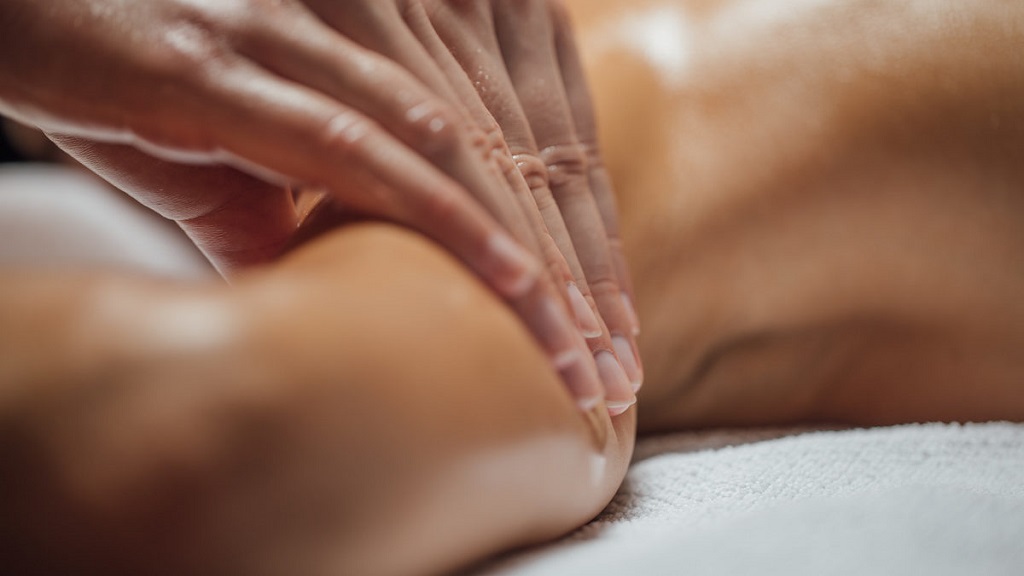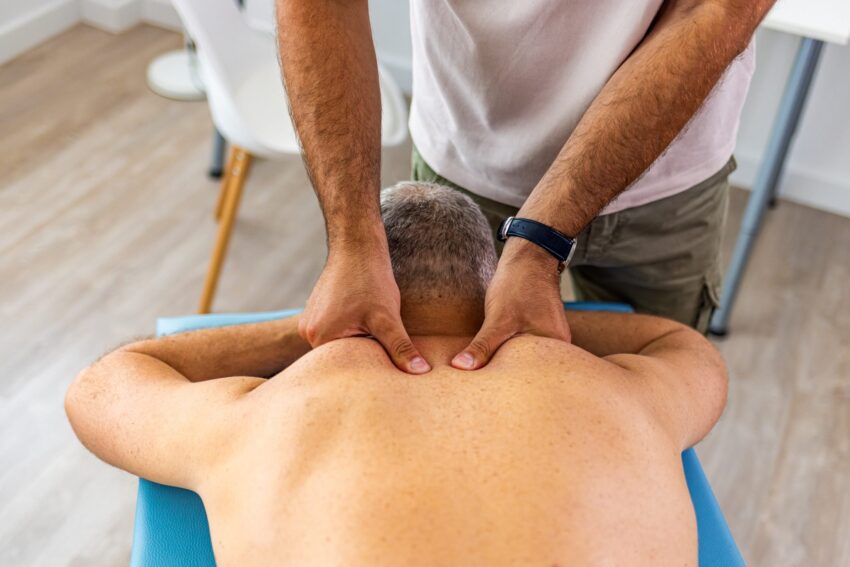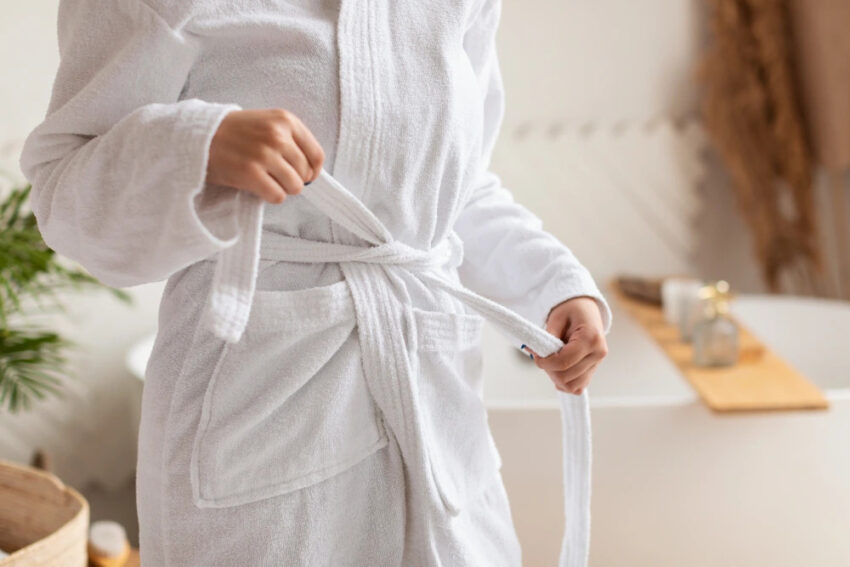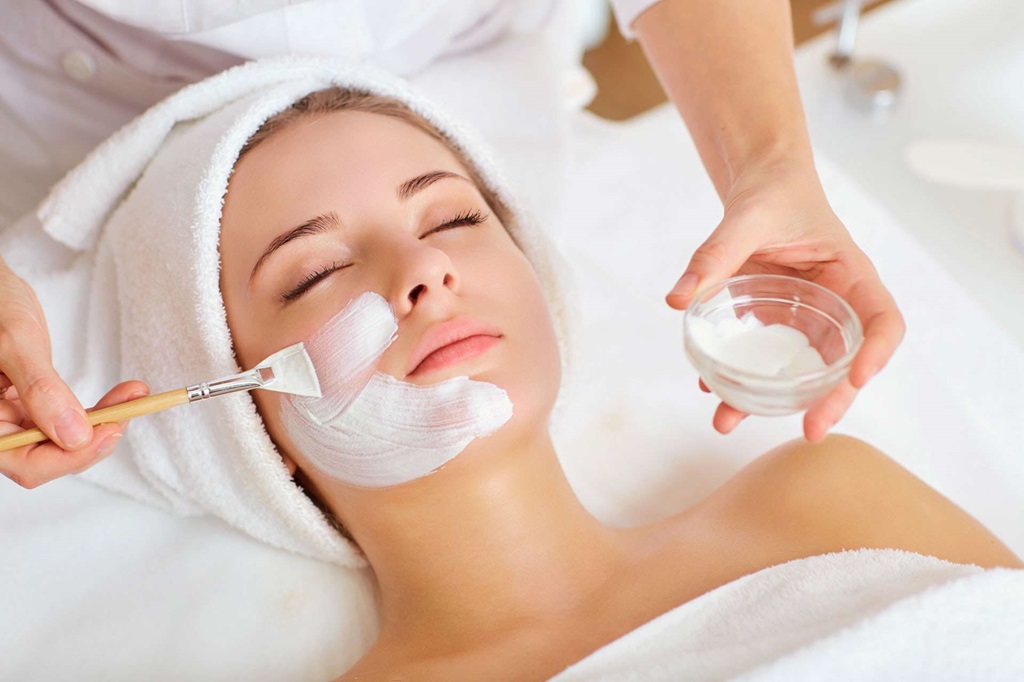Stepping into the world of massage therapy can be overwhelming. With a vast array of styles and techniques available, choosing the right one can feel like navigating a menu in a foreign language. But fret not! This guide empowers you to decipher the massage lingo and find the perfect pressure for a truly transformative experience.
Understanding Massage Therapy: Benefits Beyond Relaxation
Massage therapy is a holistic practice that manipulates the soft tissues of the body with pressure, stretching, and movement. Beyond pure relaxation, massage offers a multitude of benefits:
- Stress reduction: Massage helps lower stress hormones like cortisol, promoting feelings of calm and well-being.
- Pain management: Massage can ease chronic pain conditions like headaches, backaches, and muscle tension.
- Improved circulation: Massage techniques stimulate blood flow, delivering oxygen and nutrients throughout the body.
- Enhanced flexibility: Regular massage can improve your range of motion and make everyday activities easier.
- Boosted immunity: Research suggests massage therapy may strengthen the immune system.
A Spectrum of Pressure: From Gentle to Deep Tissue
The pressure applied during a massage is a key factor in determining your experience. Here’s a breakdown of some common pressure levels:
- Light pressure (Swedish massage): This gentle style uses long, smooth strokes to promote relaxation and improve circulation. It’s ideal for beginners, those seeking stress relief, or individuals with sensitive skin.
- Medium pressure (Sports massage, Deep tissue massage (lighter side)): This moderate pressure targets deeper muscle layers to address tension and knots. It’s suitable for athletes or those experiencing muscle soreness.
- Deep pressure (Deep tissue massage (stronger side), Myofascial release): This intense pressure focuses on specific areas to release chronic muscle tension and pain. It’s not for everyone and clear communication with your therapist is crucial.
Choosing Your Perfect Pressure: A Guide
Several factors influence the ideal pressure for you:
- Your goals: Relaxation, stress relief, or addressing specific pain points? Communicate your goals to your therapist for tailored pressure.
- Your pain tolerance: Be honest about your comfort level. Even “light pressure” can feel intense for some.
- Your body type: People with a higher body mass index may require deeper pressure to reach the deeper muscle layers.
- Your health conditions: Certain medical conditions may require lighter pressure or specific techniques.
Communication is Key: Building Trust with Your Massage Therapist
A skilled massage therapist listens attentively and tailors the pressure throughout the session based on your feedback. Here’s how to ensure optimal communication:
- Before the massage: Discuss your goals, pain tolerance, and any medical conditions.
- During the massage: Don’t hesitate to speak up if the pressure is too strong or not strong enough. Use a scale of 1-10 (1 being lightest, 10 strongest) to express your comfort level.
- After the massage: Feedback helps your therapist refine future sessions for a consistently positive experience.
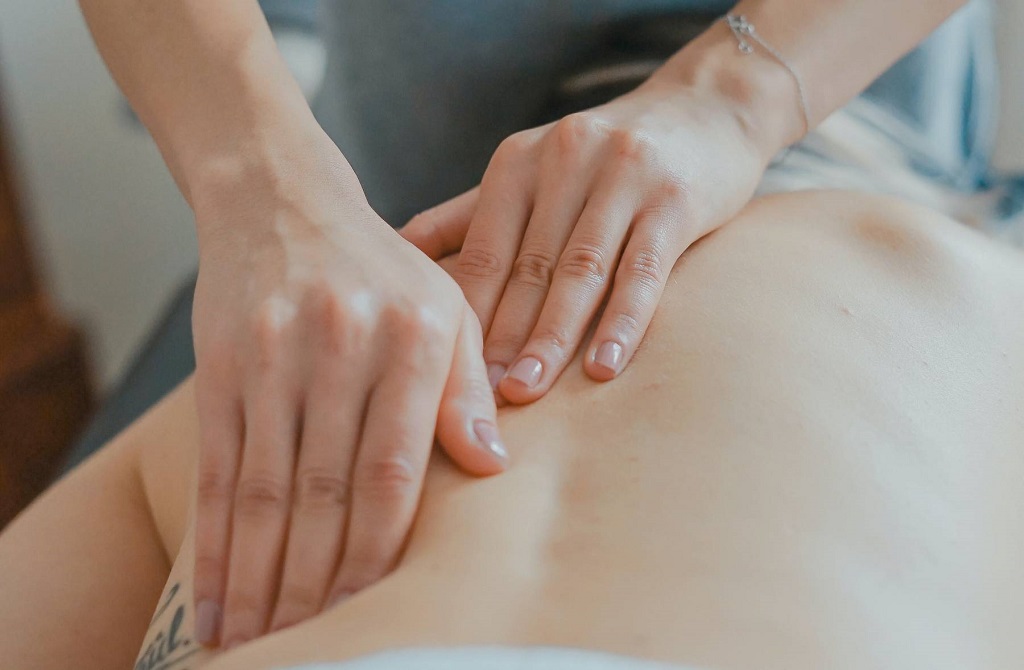
Exploring the Massage Therapy Landscape: Beyond Pressure
While pressure is an important factor, it’s just one piece of the massage puzzle. Here’s a glimpse into the diverse world of massage styles:
- Swedish massage: As mentioned earlier, this gentle style is a great introduction to massage therapy.
- Deep tissue massage: This targeted approach focuses on relieving chronic muscle tension and pain.
- Sports massage: Ideal for athletes, this style combines pressure, stretching, and compression techniques to enhance performance and recovery.
- Trigger point therapy: This technique focuses on applying pressure to specific trigger points in the muscle to alleviate pain.
- Aromatherapy massage: Incorporates essential oils to enhance relaxation and address specific concerns like anxiety or insomnia.
Finding the Right Massage Therapist: Qualifications Matter
A qualified and experienced massage therapist is essential for a safe and beneficial experience. Here are some tips for finding a reputable therapist:
- Get recommendations: Ask friends, family, or your doctor for referrals.
- Check qualifications: Ensure your therapist is licensed and insured in your state.
- Read online reviews: Reviews can offer valuable insights from previous clients.
- Schedule a consultation: Discuss your goals and expectations with the therapist before booking a session.
Related: What Are the Three Most Popular Spa Treatments?
Conclusion: Your Journey to Well-being Starts Here
Massage therapy is a powerful tool for promoting relaxation, managing pain, and enhancing overall well-being. By understanding pressure levels, exploring different massage styles, and communicating your needs, you can embark on a transformative journey toward a healthier and happier you. So, take a deep breath, find a qualified therapist, and discover the perfect pressure for a truly rejuvenating massage experience!

